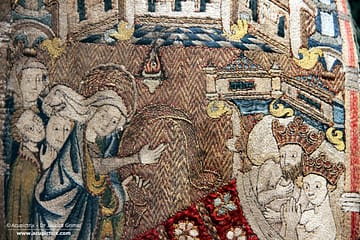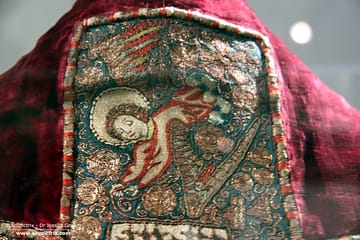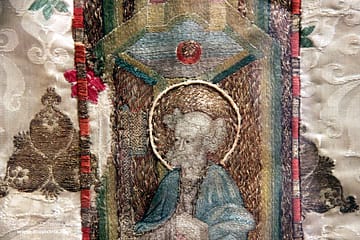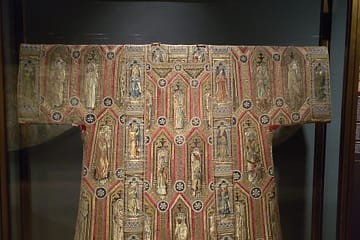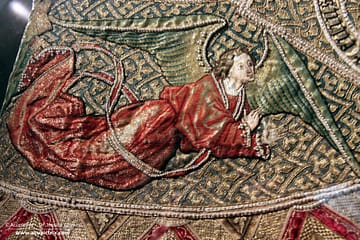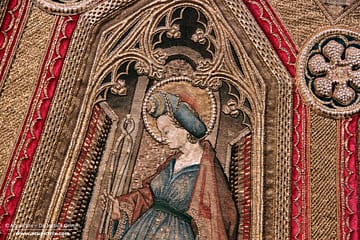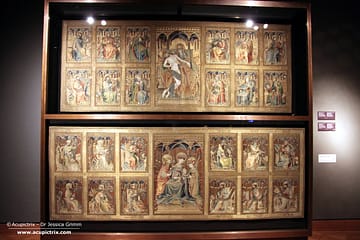Goldwork embroidery tutorial: Fancy Floral Blanket
In the past, my tutorials have shown you how to layer different layers ofembroidery on top of each other to get a particularly sumptuous result. Thisgoldwork embroidery tutorial will add to your skills. This time, you will add a beautiful layer of silken flowers freehand. That’s right—no pattern transfer required. Read more

